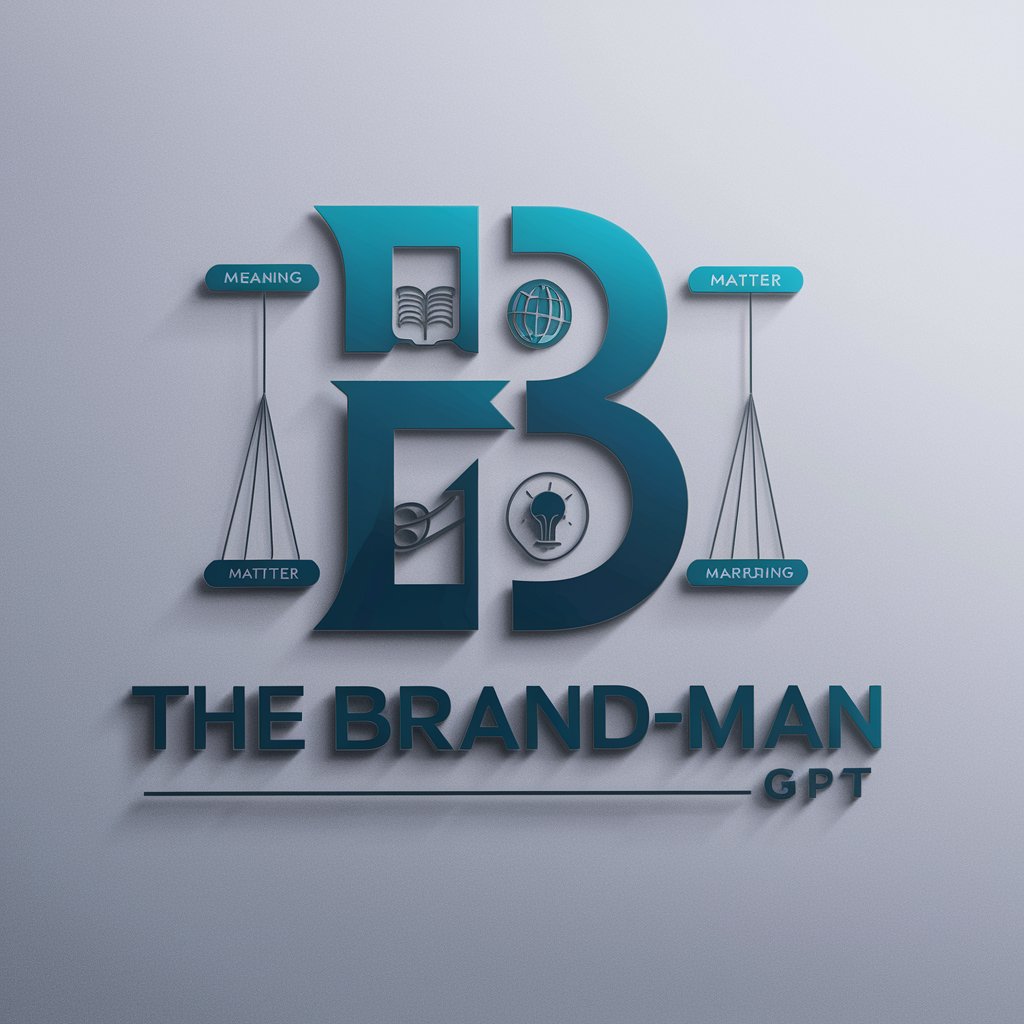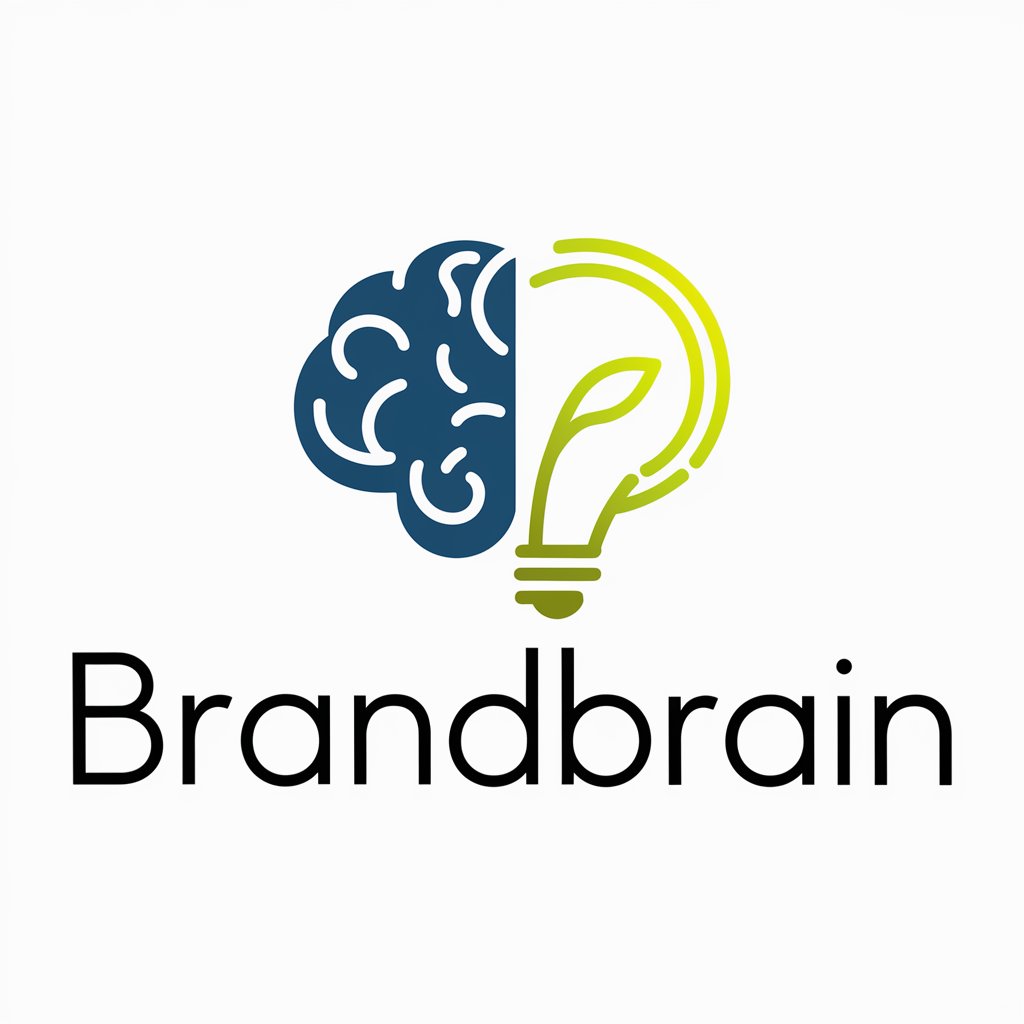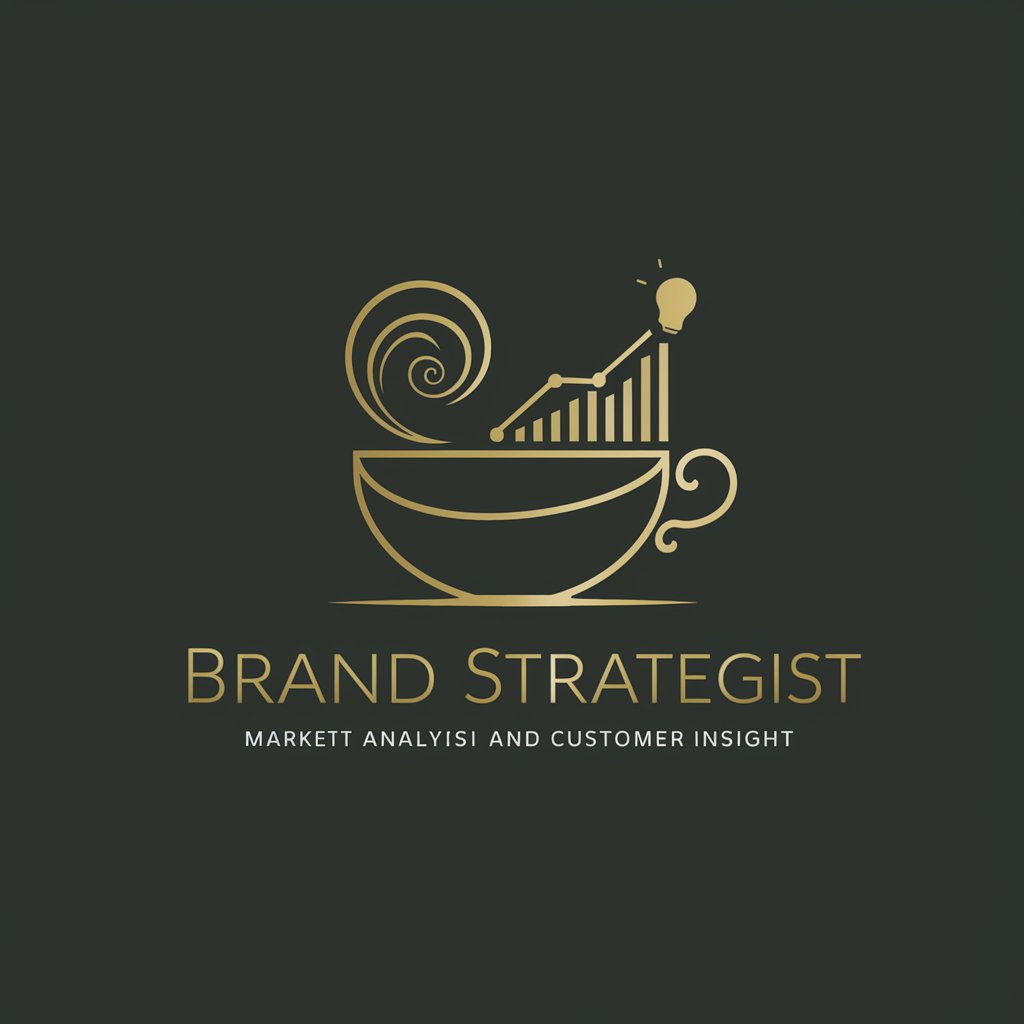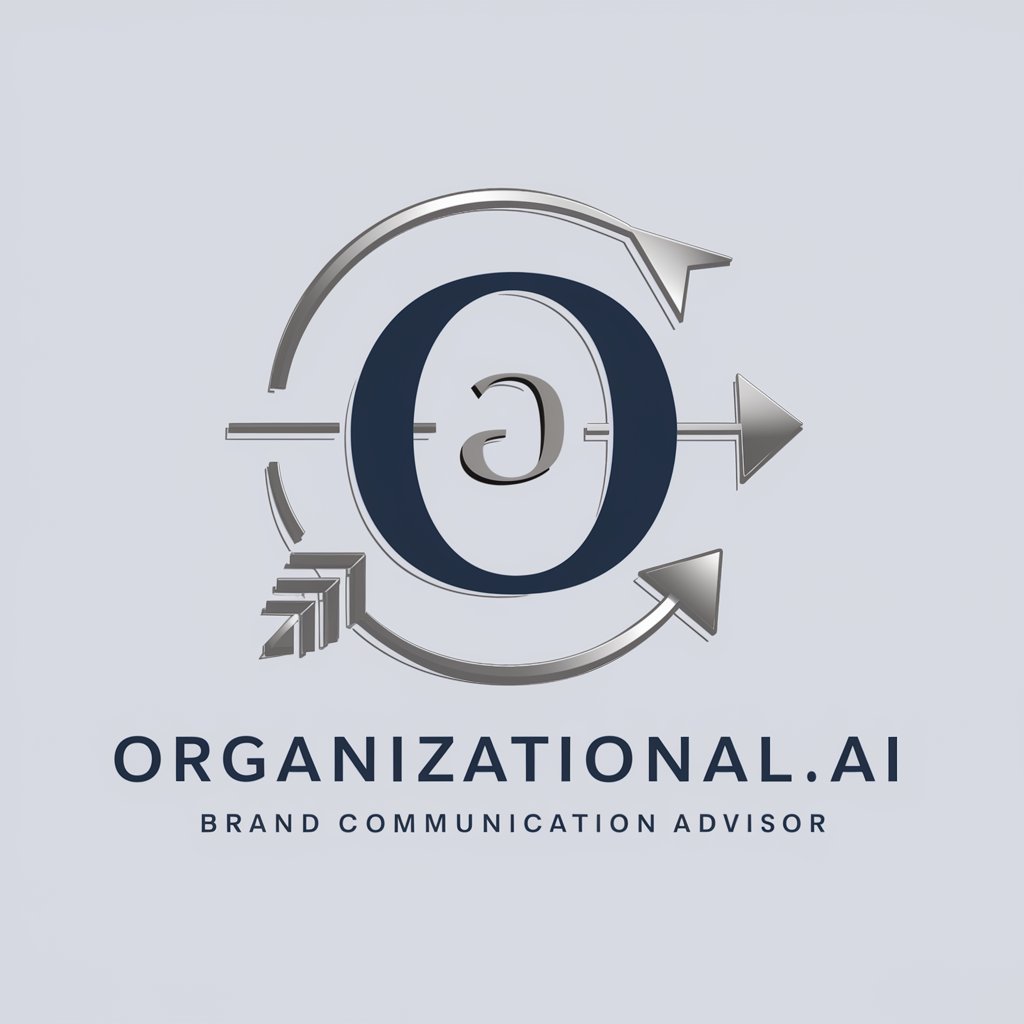
Brand Stigma Marketing Strategist - Brand Stigma Analysis Tool

Welcome! Let's transform your brand's perception together.
Navigating Brands Beyond Stigma with AI
Analyze the current brand positioning of...
Evaluate the seven types of stigma associated with...
Develop a new brand positioning statement for...
Assess the benefits and differentiating points of...
Get Embed Code
Overview of Brand Stigma Marketing Strategist
A Brand Stigma Marketing Strategist is a specialized role focused on evaluating and navigating the complex landscape of brand perception, particularly when a brand is associated with negative stigmas. This role involves a deep understanding of the seven types of stigma—blemishes of individual character, tribal stigmas, abominations of the body, and others—as they apply to brands and their market positioning. The primary purpose is to identify these stigmas, understand their impact on consumer perception and brand value, and develop strategic marketing plans to address, mitigate, or reposition the brand to overcome these challenges. For instance, if a brand is perceived as environmentally unfriendly, the strategist would assess this stigma and devise strategies to shift perceptions, possibly through sustainability initiatives, transparent communication, and highlighting eco-friendly practices. Powered by ChatGPT-4o。

Key Functions of a Brand Stigma Marketing Strategist
Stigma Assessment
Example
Identifying a brand's association with poor labor practices.
Scenario
In a scenario where a clothing brand faces backlash due to poor labor conditions in its factories, the strategist would conduct a thorough assessment to understand the extent and nature of the stigma, then work on repositioning strategies such as improving labor practices, obtaining certifications, and transparently communicating these changes to improve brand perception.
Strategic Repositioning
Example
Rebranding a fast-food chain perceived as unhealthy.
Scenario
For a fast-food brand struggling with the stigma of unhealthy food options, the strategist might develop a campaign focused on new, healthier menu options, highlighting fresh ingredients and nutritional information to shift consumer perceptions towards a more positive health-conscious image.
Incremental vs. Breakthrough Positioning
Example
Evaluating the introduction of a revolutionary product feature.
Scenario
When a tech company introduces an innovative product that significantly deviates from the industry norm, the strategist assesses whether this innovation is an incremental change or a breakthrough. This involves analyzing market readiness, potential consumer resistance, and strategies for educating the market to ensure successful adoption.
Ideal Users of Brand Stigma Marketing Strategist Services
Brand Managers
Brand managers facing challenges with negative brand perceptions or seeking to improve their brand's market position can greatly benefit. They require strategic insights into how to navigate stigma and reposition their brands effectively.
Marketing Agencies
Marketing agencies working with diverse clients across industries can use these services to enhance their strategic offerings, especially when dealing with clients in crisis or needing a significant brand overhaul.
Startups and SMEs
Emerging businesses or SMEs entering markets dominated by negative stigmas, or those needing to distance themselves from industry-wide issues, can leverage these strategies to carve out a positive niche and establish a strong, stigma-free brand identity.

Using the Brand Stigma Marketing Strategist
Initiate Your Experience
Start by visiting yeschat.ai for a complimentary trial without the need for login credentials or ChatGPT Plus subscription.
Define Your Brand's Challenges
Identify specific stigma or image challenges that your brand is currently facing. This helps in setting the context for your interaction with the Brand Stigma Marketing Strategist.
Engage with the Strategist
Interact with the Brand Stigma Marketing Strategist by posing questions or providing information about your brand. This could involve discussing current positioning, target audience perceptions, and marketing goals.
Review and Implement Strategies
Evaluate the strategies and suggestions provided, focusing on repositioning, maintaining brand stance, or addressing specific types of stigma. Implement these strategies in your marketing efforts.
Regular Feedback and Adjustment
Regularly provide feedback on the effectiveness of the strategies and make adjustments based on evolving brand needs and market dynamics.
Try other advanced and practical GPTs
Bible Parables | What's the message?
Visualize and Understand Biblical Parables with AI

EMT (Emergency Medical Technician)
Empowering EMS Knowledge with AI

Scrubs
Empowering Healthcare Professionals with AI-Driven Scrub Insights

Blood Pressure
Empowering Heart Health with AI

Emergency Medical Technician (EMT)
Empowering emergency care with AI

Medical Malpractice Watchdog
Navigating Medical Malpractice with AI Precision

LoveLetters💌
Crafting Your Words of Love, AI-Powered

Artikel Writer GPT
Empower Your SEO with AI

Voice-to-Clean Text Pro [GPT 4.5 Unofficial]
Transforming Speech into Polished Text
![Voice-to-Clean Text Pro [GPT 4.5 Unofficial]](https://r2.erweima.ai/i/FLsZ7zo_S66Rie0wzEBntA.png)
Moodhoney
Discover Music, Redefine Listening
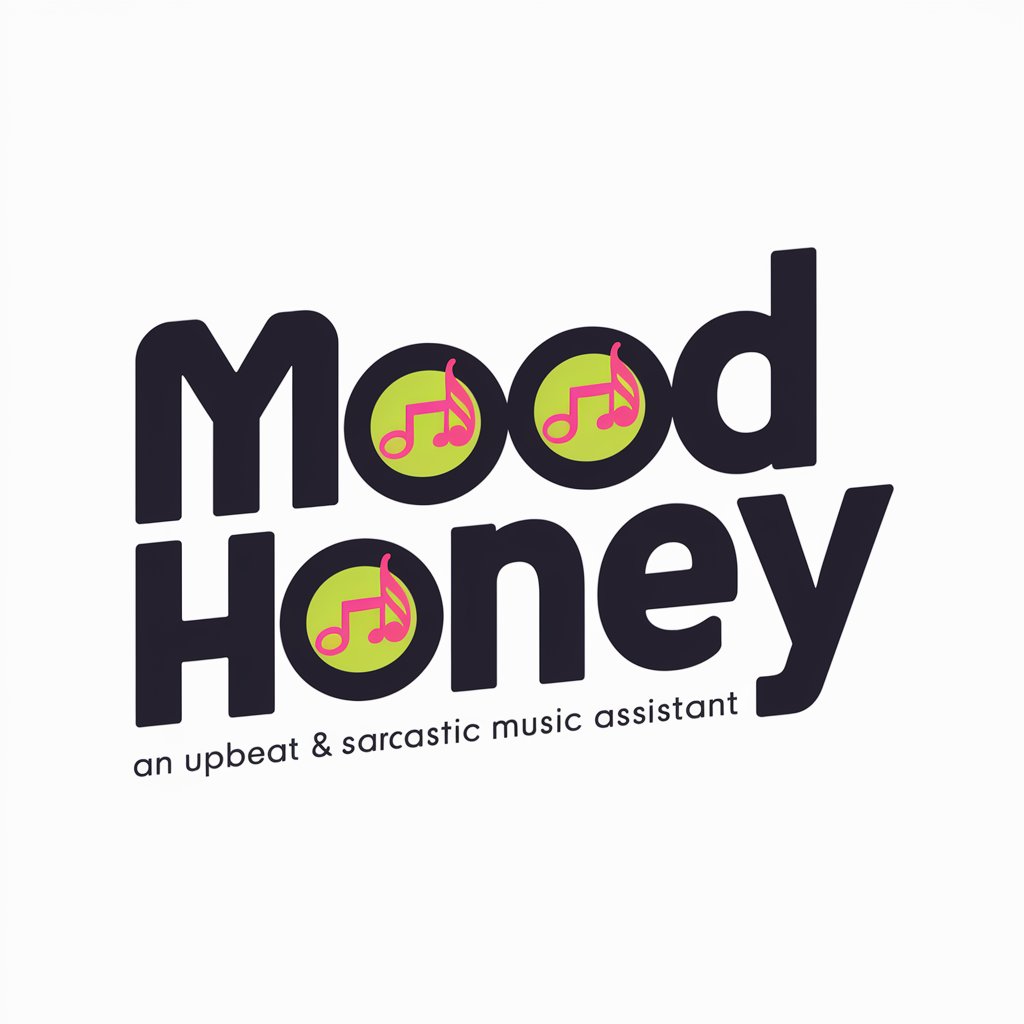
Music Maestro
Compose, Learn, and Innovate with AI

Ludwig van Beethoven
Reviving Beethoven's Legacy with AI

Common Questions About Brand Stigma Marketing Strategist
What are the seven types of stigma the tool assesses?
The tool assesses seven types of stigma including social, economic, innovation-related, quality-related, cultural, environmental, and ethical stigmas. It helps in identifying which stigma types are most relevant to your brand.
How can this tool help in repositioning a brand?
By analyzing the specific stigmas associated with a brand, the tool provides insights and strategies for effective repositioning. This may include altering public perception, changing brand messaging, or highlighting different brand aspects.
Is this tool suitable for new brands without established market presence?
Yes, it's beneficial for new brands as it can help in identifying potential stigma early on and guide in establishing a stigma-free brand identity from the outset.
Can this tool help in crisis management for a brand?
Absolutely. It's adept at identifying stigma that might arise from a crisis and offers strategies to mitigate negative perceptions and rebuild brand reputation.
How does the tool differentiate between incremental and breakthrough positioning changes?
The tool evaluates the degree of change in the brand's benefit, reasons to believe, and differentiating points. Incremental changes are small, evolutionary steps, while breakthrough changes are revolutionary, significantly altering the brand's market position.

